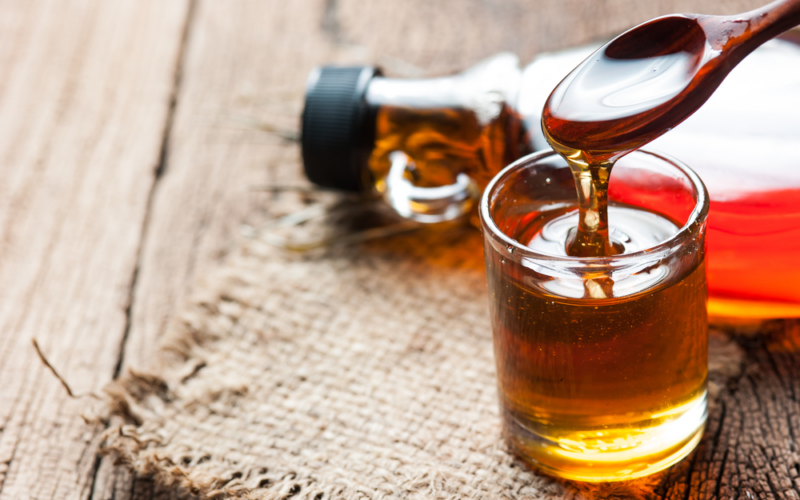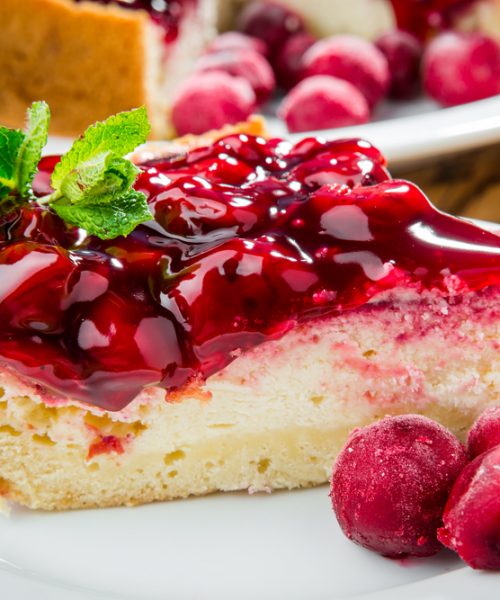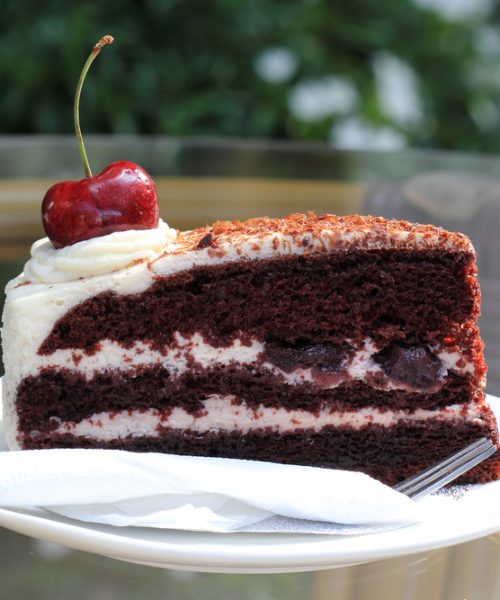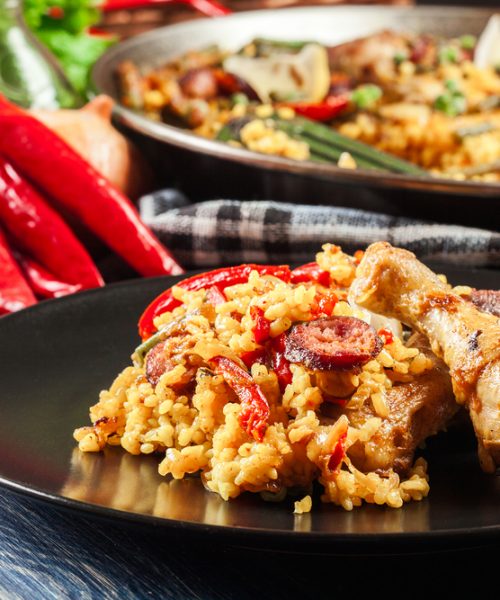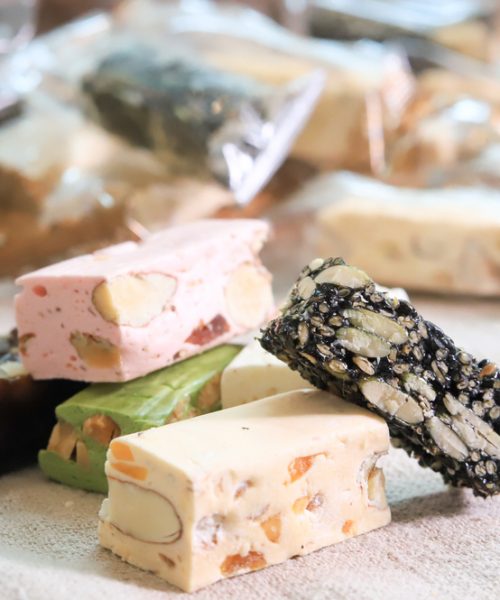Troy Warren for CNT #Celebrations
NATIONAL MAPLE SYRUP DAY
Get the flapjacks ready for National Maple Syrup Day. December 17th calls for orders of pancakes, french toast, or biscuits topped off with butter and delicious maple syrup.
It is usually from the xylem sap of sugar maple, red maple, or black maple trees that maple syrup is made from although it is not limited to those maple species.
These trees, in cold climates, store starch in their trunks and in their roots. In the spring, the starch is then converted to sugar that rises in the sap. The maple trees are then tapped by boring holes into their trunks and the released sap is collected. After the sap is collected, it is processed by heating to evaporate much of the water, leaving the concentrated syrup.
The indigenous peoples of North American first collected, processed, and used maple syrup. European settlers adopted the practice and gradually refined production methods. In the 1970s, technological improvements further refined the process of making syrup.
- A maple syrup production farm is called a sugarbush or a sugarwood.
- The sap is boiled in a sugar house which is also known as a sugar shack, sugar shanty, or a cabane à sucre.
- Up until the 1930s, the United States led in maple syrup production. Now, Canada produces the most maple syrup.
- Vermont is the largest producer of maple syrup in the United States.
HOW TO OBSERVE #MapleSyrupDay
Serve up a breakfast worthy of real maple syrup. Learn more about tapping trees for sap to make syrup in the spring. Whether you crave pancakes, biscuits, or some light crepes, be sure to share them using #MapleSyrupDay to post on social media.
In Other NEWS


























